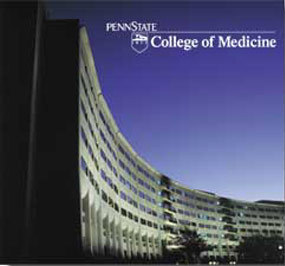Introduction
Pennsylvania State’s Milton S. Hershey Medical Center opened its doors to the first class of medical students in 1967. It became the first medical school in the nation to establish a Department of Humanity, introducing humanistic disciplines into the required medical curriculum. The school was also the first to start an independent Department of Family and Community Medicine. From its beginning, medical education and patient care have been guided by the institution’s commitment to be innovative in providing patient care.
